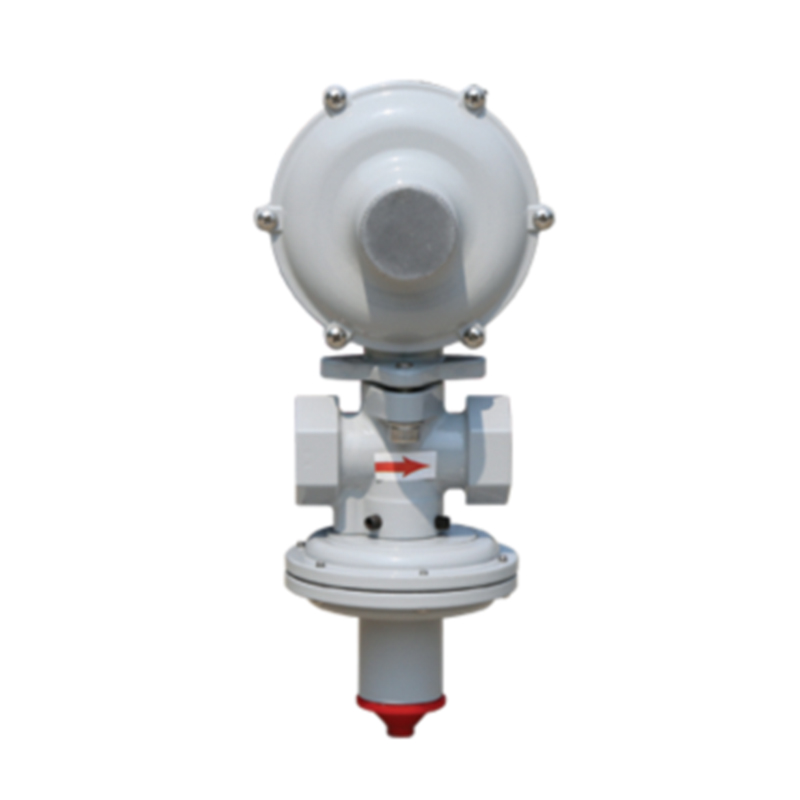
Dec . 04, 2024 19:08
Back to list
صمام تنفيس الأمان
The Importance of Safety Relief Valves A Comprehensive Guide
Safety relief valves are crucial components in various industrial applications, providing a vital line of defense against overpressure situations. These valves are designed to automatically release excess pressure from equipment and piping systems to protect against catastrophic failures and ensure operational safety. In this article, we will explore the function, design, and significance of safety relief valves in industrial settings.
What is a Safety Relief Valve?
A safety relief valve is a mechanical device that opens to release pressure when it surpasses a predetermined level. This automatic operation protects equipment such as pressure vessels, boilers, and pipelines from damage caused by excessive pressure buildup. When the system pressure reaches the set limit, the valve opens to allow the escape of fluid—whether gas or liquid—thus preventing over-pressurization.
How Do Safety Relief Valves Work?
The operation of a safety relief valve is straightforward yet effective. The valve is held closed by a spring mechanism that applies a force against the pressure within the system. As pressure increases and reaches the set pressure point, the force exceeds the spring's resistance, causing the valve to open. The fluid escapes until the pressure drops back to a safe level, at which point the valve closes again.
There are different types of safety relief valves, including
.
Significance of Safety Relief Valves
صمام تنفيس الأمان

1. Preventing Catastrophic Failures The most paramount role of safety relief valves is to prevent explosions or equipment failures due to overpressure. In industries where high pressures are common, such as oil and gas, petrochemical manufacturing, and power generation, the absence of these valves can lead to disastrous consequences, including loss of life and significant financial loss.
2. Regulatory Compliance Many industries are subject to stringent regulations that require the installation of safety relief valves. Compliance with safety standards not only protects workers and the environment but also helps organizations avoid legal ramifications and penalties.
3. Operational Efficiency Safety relief valves contribute to the overall efficiency of operations. By maintaining optimal pressure levels, these valves help ensure that processes run smoothly and equipment functions correctly, minimizing downtime and maintenance costs.
4. Increased Safety for Workers The installation of safety relief valves significantly enhances workplace safety. It protects personnel working near hazardous systems, ensuring that they are less likely to encounter dangerous situations due to equipment failures.
Design Considerations for Safety Relief Valves
When selecting and designing safety relief valves, several factors must be considered
- Set Pressure The valve must be calibrated to open at a specific pressure that is safe for the system and compliant with industry standards. - Flow Capacity The valve should be capable of discharging enough flow to prevent pressure from reaching unsafe levels during an overpressure incident. - Material Selection Valves must be constructed from materials compatible with the fluids they will be handling to prevent corrosion and ensure longevity.
Conclusion
Safety relief valves are indispensable in protecting industrial systems from the dangers of overpressure. Their ability to automatically release excess pressure prevents catastrophic failures, enhances operational efficiency, and ensures compliance with safety regulations. As industries continue to evolve and face increasing challenges, the importance of effective safety mechanisms like safety relief valves cannot be overstated. Investing in high-quality valves and regular maintenance not only safeguards equipment and personnel but also contributes to a more responsible, productive operational environment.
Latest news
-
Safety Valve Spring-Loaded Design Overpressure ProtectionNewsJul.25,2025
-
Precision Voltage Regulator AC5 Accuracy Grade PerformanceNewsJul.25,2025
-
Natural Gas Pressure Regulating Skid Industrial Pipeline ApplicationsNewsJul.25,2025
-
Natural Gas Filter Stainless Steel Mesh Element DesignNewsJul.25,2025
-
Gas Pressure Regulator Valve Direct-Acting Spring-Loaded DesignNewsJul.25,2025
-
Decompression Equipment Multi-Stage Heat Exchange System DesignNewsJul.25,2025

